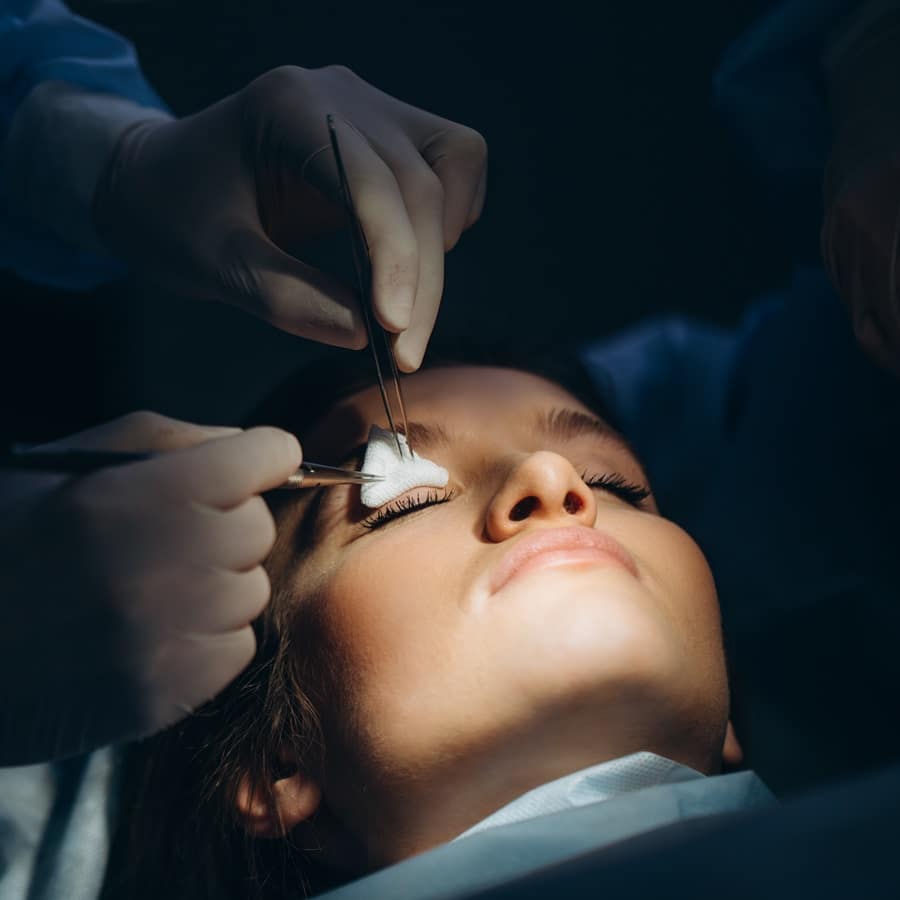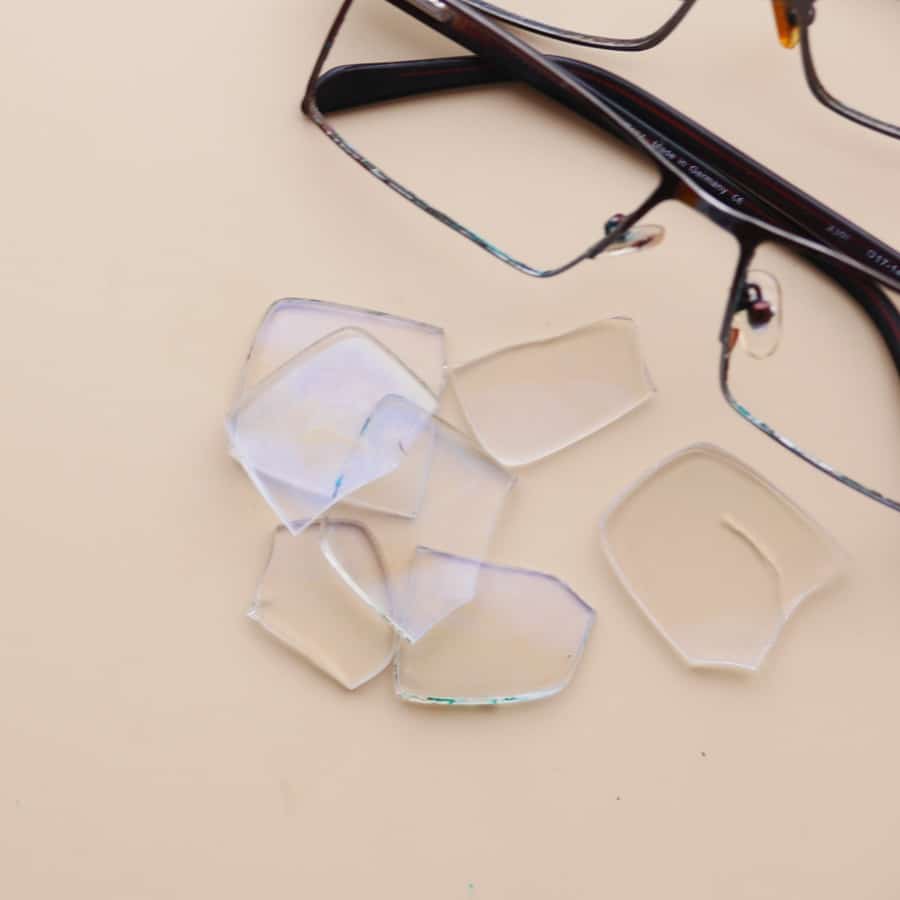LASIK or Laser-assisted in-situ Keratomileusis is the most common treatment used for performing a laser eye surgery for treating nearsightedness, farsightedness and astigmatism. Typically, a painless procedure, it is used to change the shape of the dome-shaped clear tissue at the front of the eye (cornea) to improve vision.
How Does Lasik Work?
The following are the steps followed in a general LASIK process to correct vision.
Step 1:
The first step of the LASIK surgery is creating a corneal flap. It preserves the outer epithelial skin layer with a machine called a microkeratome, allowing the patient to see clearly the next day. This step takes around 10-20 seconds.
Step 2:
After creating a flap, it is raised to uncover the underlying inner cornea laser to which the laser is applied. With the help of the laser, the shape of the cornea is changed completely. In eyes with normal vision, the cornea refracts light precisely onto the retina at the back of the eye. But with myopia, hyperopia or astigmatism, the light is bent incorrectly, resulting in blurred vision.
Step 3:
The next step is to adjust the cornea’s curvature and ultimately, it helps in improving the eye’s ability to create a better focus, and many patients are able to see clearly without contact lenses or eyeglasses.
Step 4:
This is the end of the procedure, and the corneal flap is restored in its normal position over the new corneal curvature and allowed to heal on its own.
Now that you know how the process works, here are the things you can expect prior to, during, and after a LASIK surgery.
Before
When a patient visits a doctor for LASIK operation, a thorough eye exam is performed before the surgery to ensure you’re ready for the vision correction. In the exam, the eyes are checked to make sure there’s no risk of dry eyes.
If you’re ready for the surgery, the doctor may recommend avoiding a few things such as not wearing contact lenses for at least two weeks, etc.
During the Surgery
Though the process for the LASIK surgery may vary according to the condition of your eyes, and every surgeon may have a unique way to perform it, here is what you can expect during a general LASIK procedure.
• Application of numbing eye drops to keep you free from any type of discomfort during the surgery.
• Depending upon your case, the surgeon might also give some medication.
• To prevent the movement of the eyes or loss of contact that could have an impact on the corneal’s flap quality, a suction ring is applied to the eyes’ front.
• After creating the corneal flap, the doctor adjusts the excimer laser.
• You’ll hear a steady clicking sound and feel a little pressure on the eye as the laser light pulses painlessly reshape the cornea.
• This takes only a few minutes.
After the LASIK Surgery
• Immediately after the process is done, you might feel a bit itching or burning in the eyes.
• Someone can drive you home, as it is not recommended to drive after LASIK until the eyes are healed.
• While some doctors allow you to resume your normal routine from the next day, a few of them suggest resting for a couple of days.
• Most of the people resume their daily life within 2 -3 days.
• It’s advised not to rub your eyes, and follow the prescribed medication if any.
Benefits of LASIK
Now that you know how does LASIK work, let’s have a look at its various benefits.
• High Accuracy
• 20/20 vision possible.
• Very less discomfort.
• Approved and trusted process.
Who Shouldn’t Go for LASIK?
While anyone can go for LASIK surgery, it’s not recommended for the following people:
• Patients whose cornea is thin.
• People who have an irregularly shaped cornea.
• Cataracts, glaucoma, age-related eyesight issues, etc.
If you want to get a LASIK surgery done or consult experts for the same, feel free to call at (212) 759-9617 today to book an appointment!







